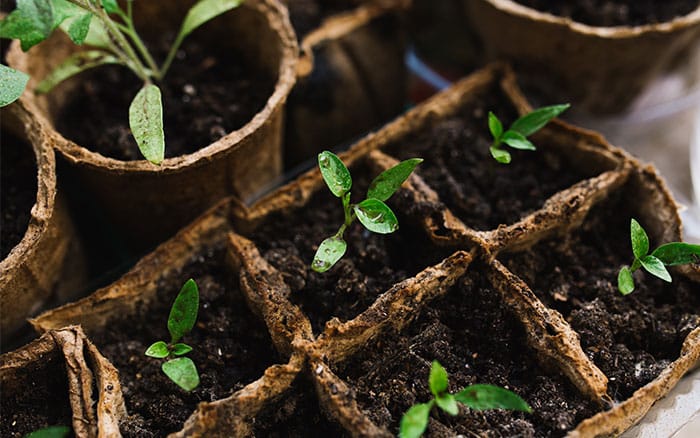More and more of us are opting to grow our own fruit and veg for many reasons! Saving money to help with the cost-of-living increases. Fresh produce is not so freely available and the immense joy and pride of growing your own food, to name but a few.
Whatever the reason, this month is a time of intense activity for ‘Grow-Your-Own’ers’ with loads of different types of veg seeds being sown.
What is thinning?
Root veg, such as parsnips, carrots, beetroot, and radishes, are usually sown directly outside in their final growing position as they don’t transplant well.
These will need thinning out at various stages of their growth, as it can be tricky to sow them at the correct distance apart for crops to reach their optimum size, especially when the seeds are tiny!
The good news is, it’s an easy thing to do.
Thinning is the process of removing young seedlings from a row of growing plants, to enable the remaining plants to have enough space around them to grow to a good size and not be stressed by overcrowded plants competing for water and nutrients.
When to thin
The best time to start thinning is when the leaves on the seedlings are still young.
This is after they have germinated, and you can identify the healthiest plants.
You may have to thin more than once before the plants are ready to harvest.

How to thin
There are two ways to do this:
- Gently pull out the surplus seedlings with your thumb and forefinger placed at the base of the seedling where it meets the soil. It needs to be done gently to minimise root disturbance to the remaining crop.
- This is particularly important for carrots, to avoid attracting carrot root fly – they love the smell of crushed carrot leaves!
- The other way is to use a small pair of scissors or snips to cut the leaves at the soil line


Spacing distances
Seed packets will tell you the best spacing distances to achieve for each type of crop being grown, but here are some examples:
Radish
The summer salad varieties are thin, so there are gaps of approximately 2.5cm (1”) between each plant.
Larger varieties need 15cm (6”) between plants.
Carrots
Early cropping carrots need final spacings of about 5cm (2”) between each plant and main crop distances of around 10cm (4”).
Carrot seeds are tiny, which makes it virtually impossible to avoid sowing too thickly. As a result, they’ll need thinning several times whilst growing.
Start to thin when greenery is about 2.5cm (1”) high, ideally just after a rain shower as this loosens the soil to make it easier to remove the seedlings.
Expect to make two or three further thinnings before the crop reaches maturity. The first few thinnings will be tiny, but the final ones should reveal baby carrots perfect for the kitchen.
Top tip:
Mix fast growing radish seed with carrot seed when sowing. The radish will be ready to harvest much quicker than the carrots and harvesting the radish will be an easy way of thinning the carrot row in its early stages of growth!


Beetroot
If growing round shape beetroot starts to thin when the greenery is between 2-7cm tall to end up with gaps between each plant of 10cm (4”).
Lengthy varieties don’t need to be thinned until the greenery has reached about 15cm (6”) tall and the final spacing between each plant is about 15cm (6”).
Parsnips
Parsnip seeds are paper thin and are, therefore, best sown onto damp soil.
They are best sown with two or three seeds together.
Check the seedlings after around three weeks and thin them. Leave the strongest growing one from each group, and a gap of about 5cm (2”) between each plant.
Approximately four weeks later, it thin again. Remove every other young plant so there are gaps of about 10cm (4”) between each remaining plant.
Top tip:
Parsnip seed does not stay viable for very long so make sure the seeds are still ‘in date’ when you sow them.



Leave A Comment